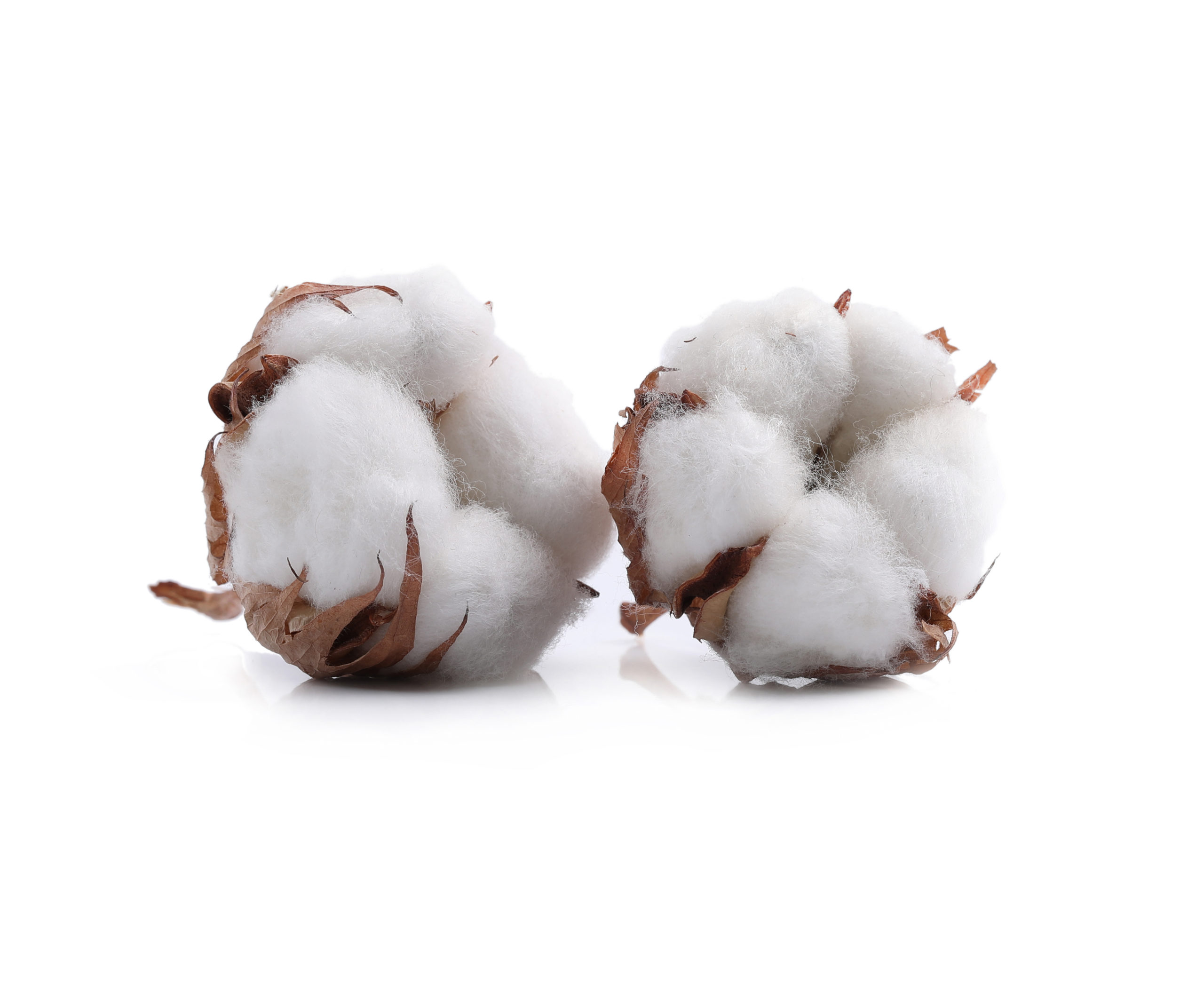
What is the issue?
Cotton is integral to the textile industry. However, it is an aggressively demanding crop that makes exhaustive use of resources. It would be as bad if there was more of an attempt to farm cotton sustainably, but cotton the way it is farmed in today’s age is severely detrimental to the health of the planet. The production of cotton amounts to 50%of the pesticides sprayed in the entire world. This is harmful to people and the environment. It also uses an exhaustive amount of water.
So, what is the solution?
Hemp!
While it would be impractical to get rid of cotton completely, hemp is capable of displacing the high demand for it.
Hemp is a miracle crop. Every part of the plant can be used: the stalk, seeds and flowers. It is the future of environment-friendly, locally produced, high-quality textiles. Hemp is a fine, light-coloured and strong fibre. It is similar to jute when raw but when spun it is thick and lustrous like flax.
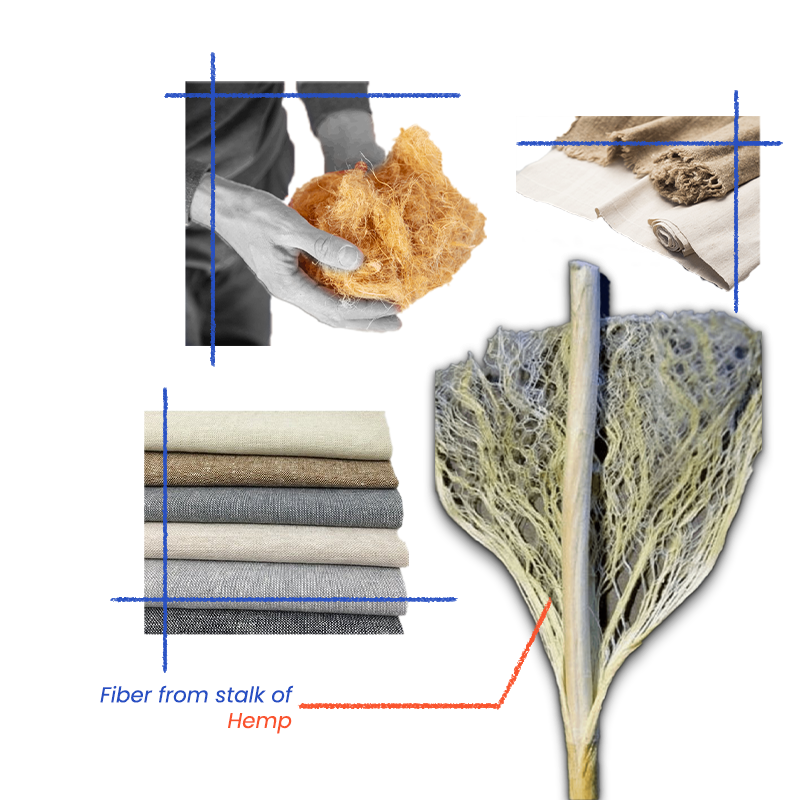
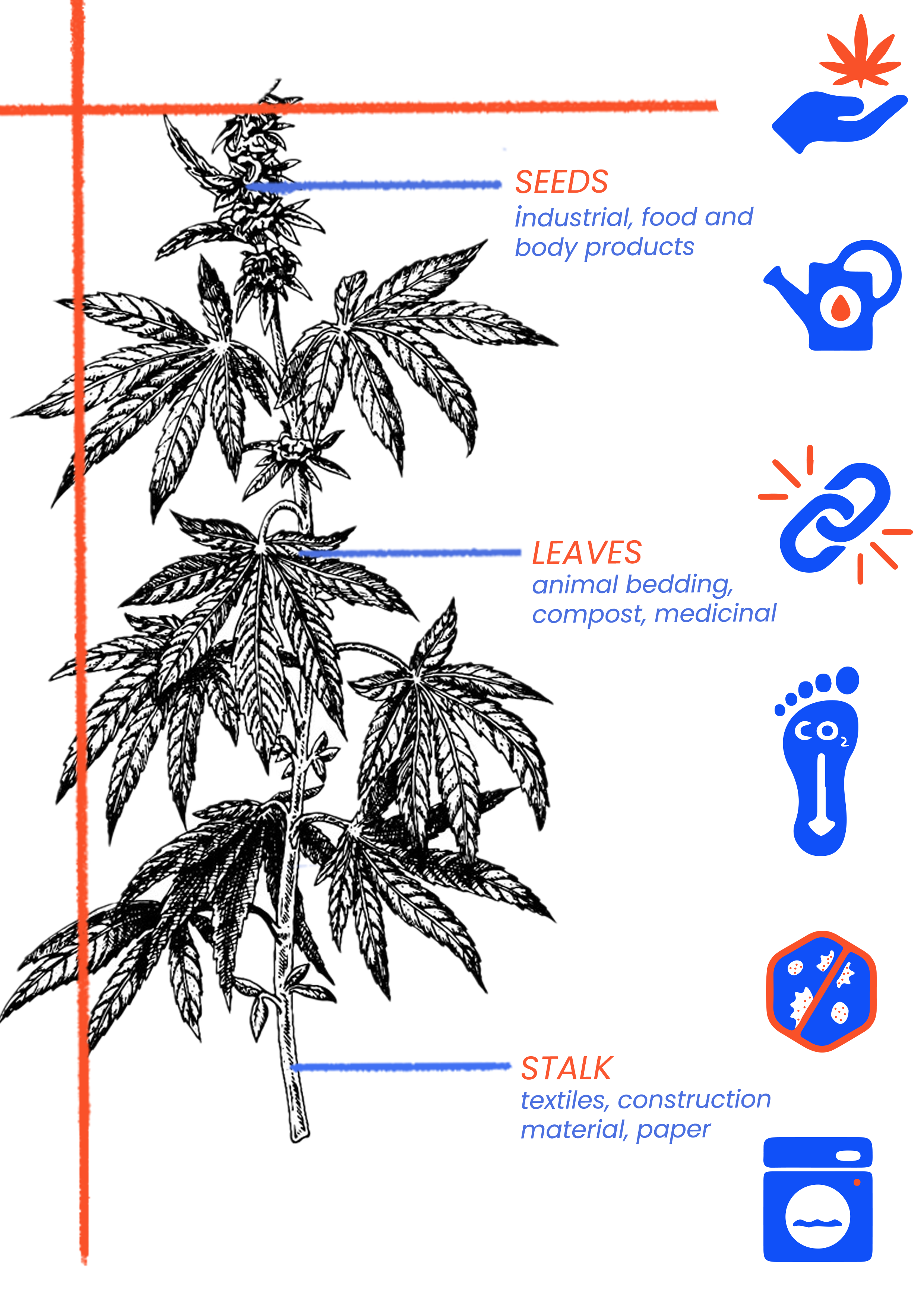
Characteristics of Hemp:
So, you might ask,
if hemp is such a great crop then why have I never heard of it? If it is so sustainable then why is it not more popular?
You see, the title of this blog is actually a misnomer, hemp is not new at all, it is actually very old. Hemp was popular in ancient India and the rest of Central Asia. Its usefulness and sustainable characteristics made it the choice plant for fabric production before the 19th century.
Then what happened? Why do we not use it today? Well, there are a lot of reasons which include Colonisation and unfortunate family relations. Read on to find out more.
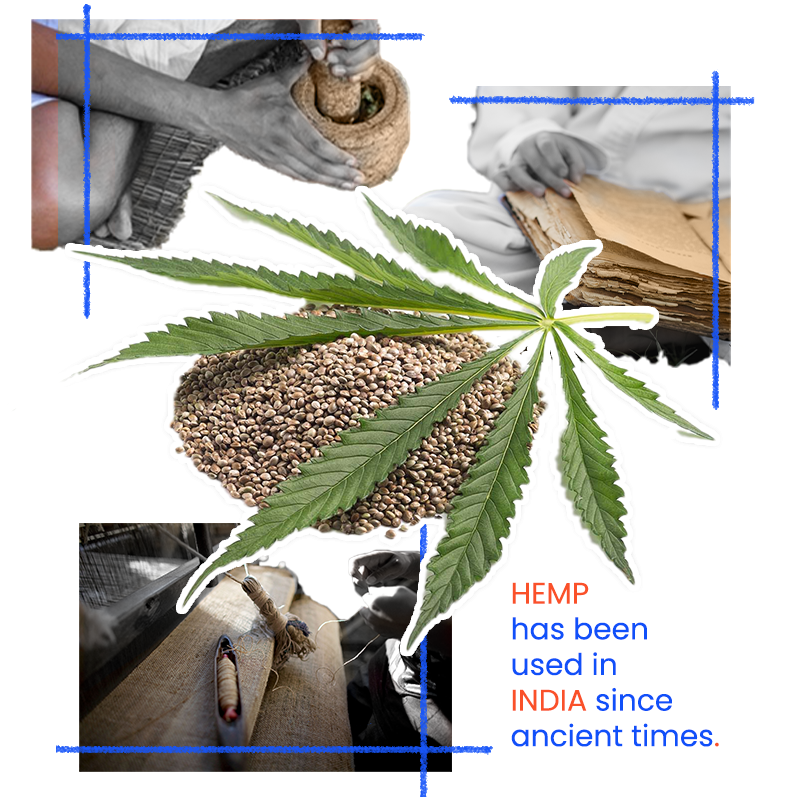
Hemp is usually demonised because it is confused with the drug marijuana. However, though hemp, Cannabis Sativa, comes from the same family as marijuana, Cannabis Indica, they are not the same thing! Marijuana contains tetrahydrocannabinol (THC) with a concentration of 5-10% which makes it ideal for psychoactive use.
But can hemp also be used as a psychoactive drug like marijuana?
No, it can’t.
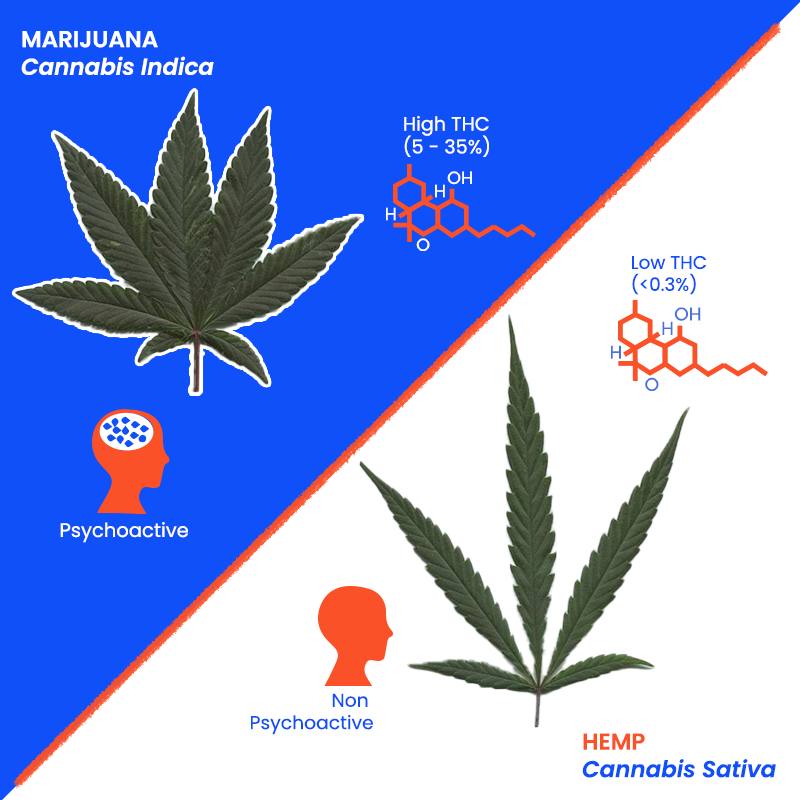
Hemp has a very low amount of THC, a mere 0.2-0.3%, it also has higher concentrations of cannabidiol (CBD), which decreases or eliminates the psychoactive effects which make the psychoactive use of hemp impractical, unlike its cousin marijuana. Still not convinced? Well for reference tomatoes and tobacco are also from the same family.
In India, the regulation of hemp began under British rule. The “Indian Hemp Drugs Commission” was established from 1894 to 1895 to restrict the use and processing of hemp in India. Now, as we are slowly rediscovering the significance of hemp, states are repealing laws established in the colonial era. Uttarakhand was the first state to legalise hemp farming; it was later joined by Uttar Pradesh. Today, Himachal Pradesh, Madhya Pradesh, Manipur, and other states are slowly rolling back the regularisation on hemp.

Companies like Hemp Horizons are looking to expand into the fashion arena. Rohit Shah, the company director, says that hemp is better than cotton from all viewpoints and “a significant distinct advantage for our world as it helps the environment by reducing the carbon footprint.”
